A bee or wasp sting can be distressing for both dogs and their owners. While most stings result in minor discomfort, some can lead to more severe reactions. Knowing how to respond appropriately can make a significant difference in your dog’s recovery and comfort. Here’s a step-by-step guide on what to do if your dog is stung by a bee or wasp.
Other Topics You Might Like
Helpful Products You Might Like
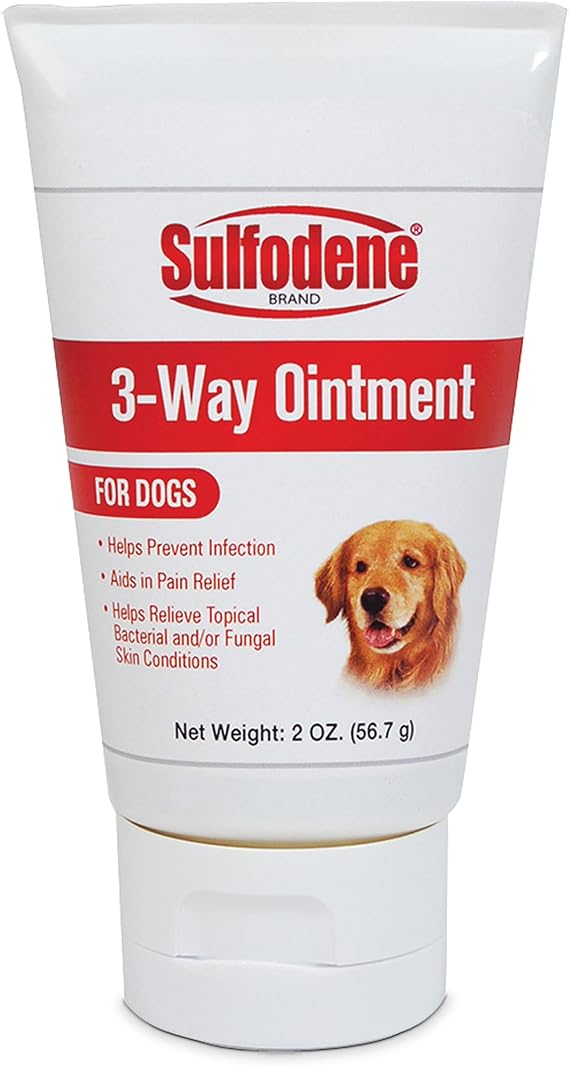
Sulfodene Dog Wound Care Ointment
Badger - Anti-Bug Shake & Spray
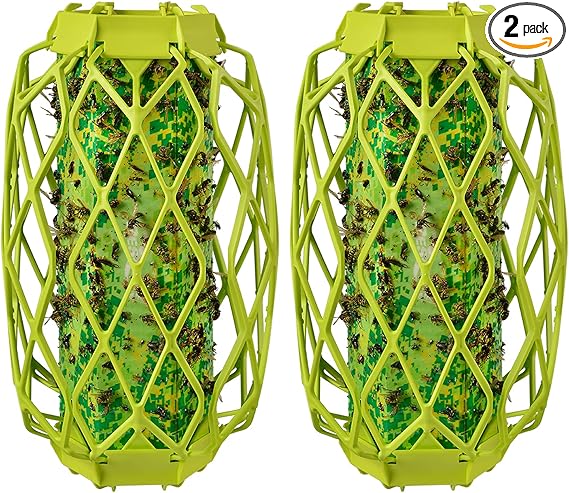
RESCUE! VisiLure TrapStik for Wasps
"(Paid Links)" 
Assess the Situation
The first step is to know the severity of the sting.
Check for Visible Signs
Check your dog for swelling, redness, or pain at the site of the sting. Your pup may show signs of discomfort, such as whining or pawing at the affected area.
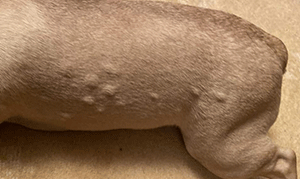
Observe for Allergic Reactions
Some dogs may have an allergic reaction which can include symptoms such as excessive swelling, vomiting, diarrhea, difficulty breathing, or lethargy.
Remove the Stinger
If the sting is from a bee, remove the stinger as soon as possible. The stinger will continue to release venom into the skin if not removed.
Use a Credit Card or Similar Object
Scrape the area with a credit card or a flat object gently to remove the stinger. Avoid using tweezers, as squeezing the stinger can release more venom.
Avoid Pinching or Squeezing
If the sting is from a wasp, which does not leave a stinger, you can skip this step.
Clean the Area
Cleaning the sting site helps to prevent infection.
Use Mild Soap and Water
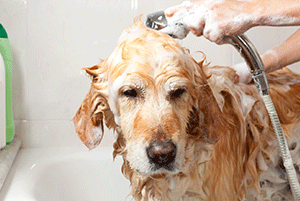
- Wash the area with mild soap and cool water. Dry the area with a clean towel.
Do not Use Alcohol or Hydrogen Peroxide
These substances can irritate the skin further.
Apply a Cold Compress
A cold compress can reduce swelling and numb the area.
Use a Clean Cloth
Wrap ice or a cold pack in a clean cloth and keep it on the effected area for 10-15 minutes. It will alleviate pain and reduce inflammation.
Monitor Your Dog’s Symptoms
Keep a close eye on your dog for any signs of an allergic reaction or worsening symptoms.
Watch for Breathing Difficulties
If your dog has difficulty in breathing or has swelling around the face or neck, consult your vet immediately.
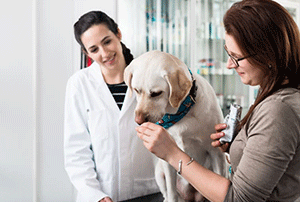
Observe for Lethargy or Vomiting
These could be signs of a more severe reaction that requires prompt medical intervention.
Administer Antihistamines (If Approved by Your Vet)
In some cases, antihistamines may help with itching and swelling.
Consult Your Veterinarian
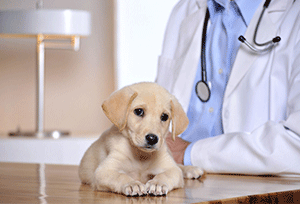
Consult your vet before giving any medication to your dog. Some antihistamines are safe, but the dosage and type must be appropriate for your pet.
Follow Dosage Instructions
If your vet approves an antihistamine, make sure to follow their instructions carefully.
Provide Comfort and Monitor
Offer Fresh Water
Ensure your dog has access to fresh water to stay hydrated.
Create a Calm Environment
Provide a quiet and comfortable space for your dog to rest.
Seek Veterinary Care
If you notice severe symptoms or if your dog’s condition does not improve.
Contact Your Veterinarian
Even if symptoms seem mild, it’s a good idea to inform your vet of the situation. They can offer advice and may recommend a check-up to ensure your dog’s health.
Emergency Care
If your dog shows signs of a severe allergic reaction or if there is significant swelling, contact an emergency veterinary clinic immediately.
Conclusion
Immediate action is required to handle a bee or wasp sting in dogs. Assess the situation, remove the stinger, clean the area, apply a cold compress, and monitor your dog’s symptoms to prevent your dog from any infection or emergency. Always consult with your vet for specific advice and if any concerning symptoms arise. With proper care, dogs will recover quickly from a sting and return to their normal selves.
